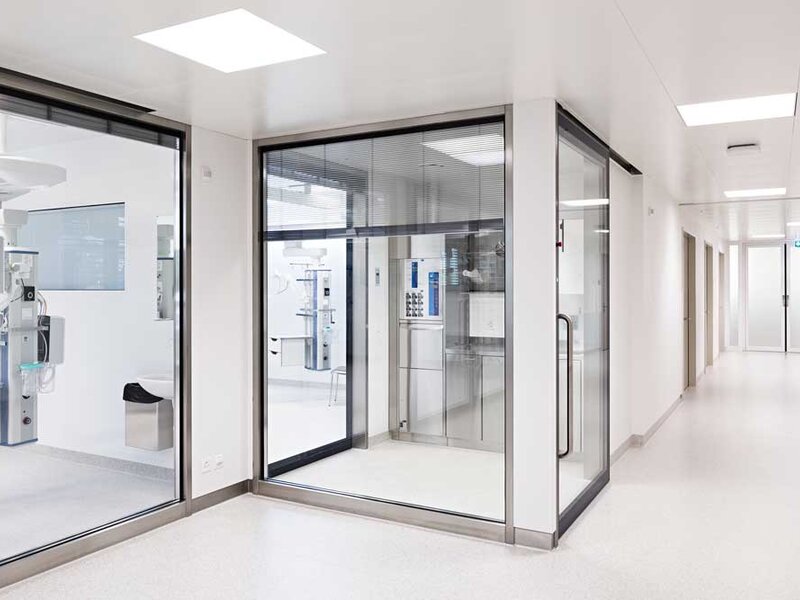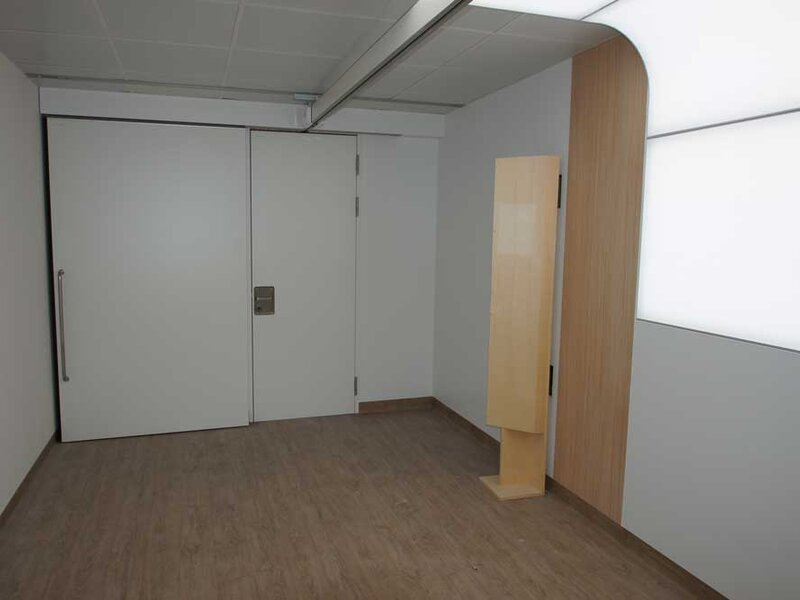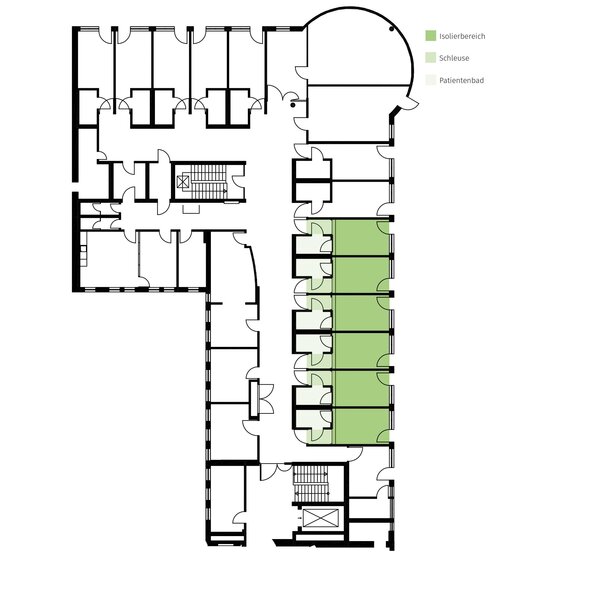For highly infectious pathogens such as smallpox, Marburg or Ebola, which are often fatal, accommodation on a special isolation ward that is structurally completely separate is recommended.
>>> Find more Information in the section RESEARCH.
For highly infectious pathogens such as smallpox, Marburg or Ebola, which often end in a deadly course, it is recommended to be placed in a structurally completely separated special isolation ward.









